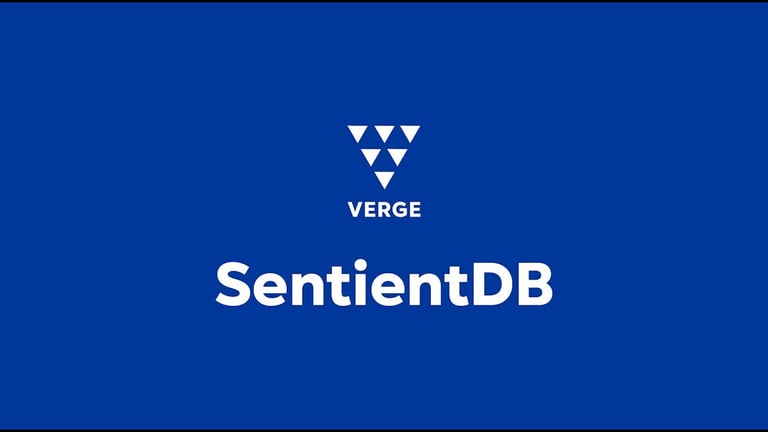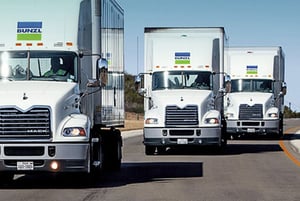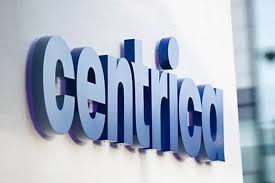Verge Technologies Chief Executive Officer Jimmy Jobe caught up with DirectorsTalk to discuss how the company’s SentientDB platform enables enterprises to achieve zero database downtime across multi-cloud and hybrid-cloud environments, helping them avoid outages when providers such as AWS, Azure, and Cloudflare experience disruption.
Q1: Jimmy, we‘ve had several outages lately; AWS, Azure and the most recent one being Cloudflare. How can companies avoid the disruption from having a single point of failure being dependent on one provider?
A1: I think there are a couple of parts to that question. One is if you put all of your critical processing with one cloud provider, when they go down, guess what, you’re going to go down as well. So, I think the thing is to diversify that risk across several cloud providers and provide, if you would, a system architecture that uses a multi-cloud environment where your critical systems are backed up and replicated and fail over to another environment. So, you can recover quickly if one cloud provider goes down, it’s not like it’s taking your infrastructure and all your data processing down with it.
The fintech, the banks and finance companies, figured this out a while ago and they, for the most part, are running a multi-cloud by design. They recognise that i) they do not want an outage under any circumstances, ii) the best way to avoid an outage is don’t put all your processing eggs in one basket, to diversify that.
You’ll find that in the fintech vertical that more and more companies are adopting what I am going to call a multi-cloud, hybrid cloud by design. That’s the first part. Second part of that is, once you have decided to go and do that, once you have decided that you want to increase your resilience, increase your fault tolerance, decrease your risk of an outage and significant downtime, the second part of that question is, well, how do you manage all of that?
So, now if you’re in multi-clouds, let us say you have some of your processing in a proprietary data centre, some in the likes of AWS or Cloudflare or Azure or 500 others around the globe, then every one of those vertical silos, if you would, and cloud silos have their own tools, have their own SLAs, have their own way of doing things, and they are all different. So, the complexity of then managing within and across different cloud environments goes very significantly high.
What we have designed at Verge Technologies is a product by the name of SentientDB. It is a database platform, a service that is installed within the enterprise, that provides a fabric to manage all of the enterprise’s database assets as if they were in one virtual data centre. So, it doesn’t matter any longer where it is hosted. It could be hosted in AWS or Azure or Cloudflare, but it is managed as one unified and federated management approach with common policies, common tools, and those are automated through AI to provide a self-managing and self-healing processing environment for all your database assets.
Q2: So, Cloudflare goes down or Azure goes down, the automated systems detects that and switches it over?
A2: Switches it over and prepares you for a softer outage, if you would. So, if you’re designed so that you can fail over your critical applications and infrastructure from one compute environment to another, then of course that lessens your risk.
Verge plays a big part in that in the fact that we can automatically fail over your database assets anywhere in the world without losing a single transaction and with zero downtime.
So, from a database perspective, yes, we can instantly move those databases, we can turn up and replicate and provision new servers and databases to ensure that as performance issues or risk start to mount, that we will predict that in the future and take the action of moving your databases so that they do not go down.
Q3: Why do you think converged cloud is the future?
A3: I think converged cloud is the future pretty much by necessity, especially for enterprises that have multiple what I am going to call ‘compute nodes’. So, if you are an enterprise and you need to turn up processing, whether that is in Asia, Europe, North or South America, wherever that may be, and if you turn that up, then you’ve got to then have a way to take that processing and then integrate it back in with your business processes that are somewhere else in the world. There’s not an AWS or an Azure or Google at every spot where your enterprise footprint happens to land, so you’ll end up turning up regional and local service providers or colo’s and then trying to figure out how to integrate all of that back together.
Systems like SentientDB can take all those nodes and all the databases in those nodes and manage them all in a unified or federated manner so the same policies, same security policies, same failure mechanisms that we can avoid, all of that can be managed from a single pane of glass.
Q4: How exactly can companies do this and how does the technology work?
A4: So, today, unfortunately, the service providers have created their own little silos. Every service provider out there has, as I was saying, has their own set of tools, their own way of doing things, their own SLAs, their own QoS. All of those today, if you are in multi-cloud or not in multi-cloud, if you are in a single provider, all of those are managed individually. Each one of those vertical silos is managed. You log in, you swivel chair, you log into the next one, you swivel chair, and you are monitoring and then you are taking manual action as it relates to those database or application assets that are running there.
So, being able to provide what I am going to call ‘cloud convergence’, and that is managing many clouds as one cloud, we are able to unify the management of all of those assets in one place to give you a common management plane and a common view of that asset. How it is running, to predict workload and performance issues in the future, and then to take action to mitigate, resolve, or prevent those issues from happening to that asset, to keep it running, to provide zero downtime for that asset, no matter where it is hosted in the world.
Q5: Why do you think companies haven’t diversified yet?
A5: I think it’s a couple of reasons. I think there’s the risk and the effort of diversifying, so if you have every bit of your assets, compute assets, in AWS, AWS makes it really easy for you to come, but it makes it really hard for you to go, and that’s by design? AWS is not going to manage any of your database assets or any other assets that are in Azure or Google or anywhere else, so all of those little, if you would, vertical silos that people have in, it does not have to be the top 3 or 4, it could be the middle 500, all have individual ways of managing.
Most enterprises are in multi-cloud or hybrid cloud, not necessarily out of design, rather out of necessity so in other words, I am processing here, so I need compute here. So, I am going to go and find local compute, and I am going to turn it up so that I can do business here. I think companies are moving more towards multi-cloud and hybrid cloud, but the difference, I think, today is that very few of those are using that multi-cloud and hybrid cloud to its best benefit. In other words, they are there by necessity, not by design.
If they would be able to then take those different compute environments and fail over some to another compute environment, or replicate offsite, or do your backups offsite where you can very quickly turn up another server and be back in operation very quickly. I think that part has come very slowly. Gartner will tell you that the average enterprise uses between four and seven different service providers in order to service their distributed footprint. In our experiences, that is probably true but today, they are using all of those little vertical silos separately, and they are managed separately, and they do not have a unified view, and they do not have a unified way of managing the assets that they are seeing. They have to go through that service provider in order to manage that asset.
What Verge Technologies are providing through a cloud‑converged environment is the ability to manage all of that from one console.











































